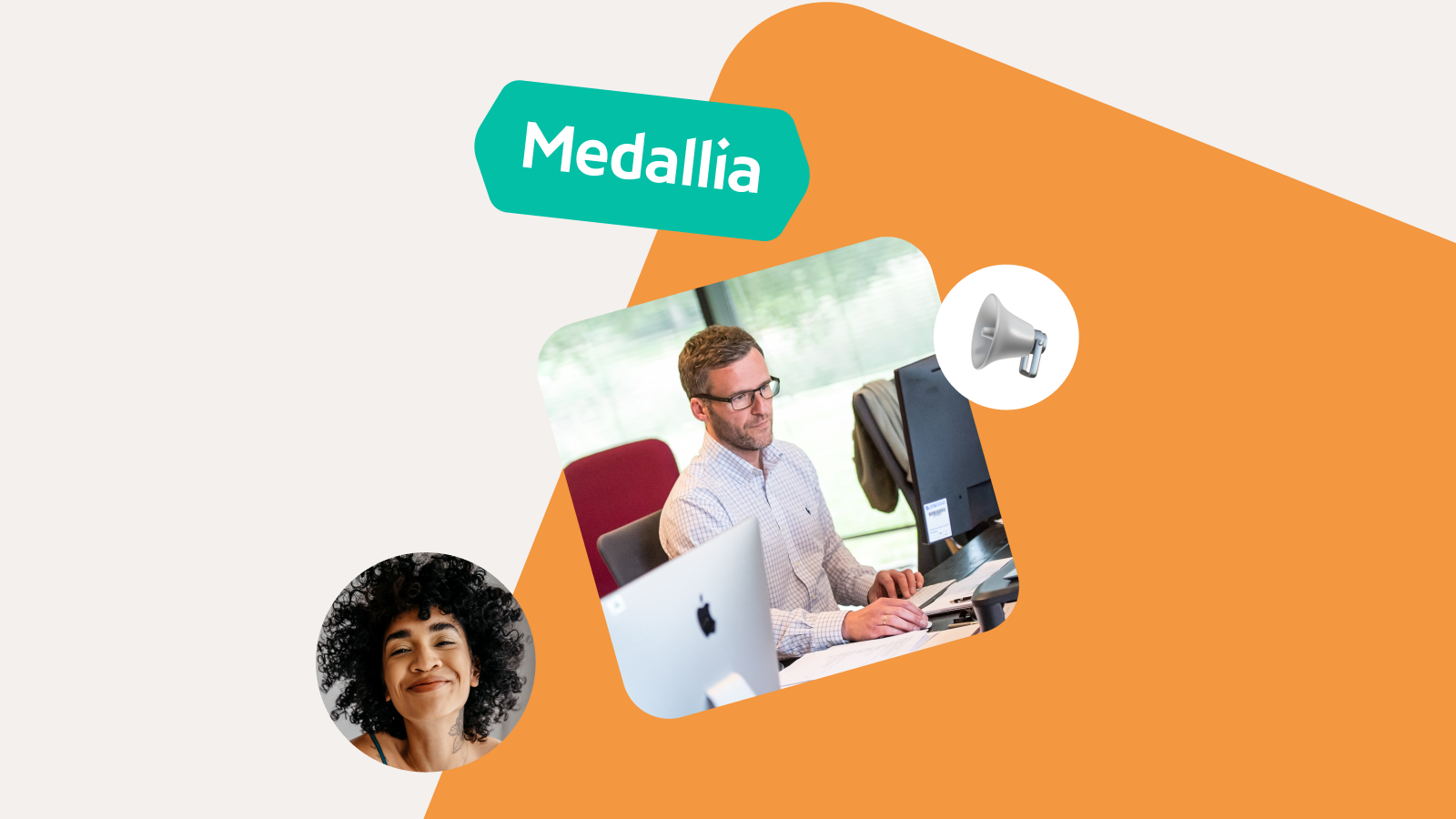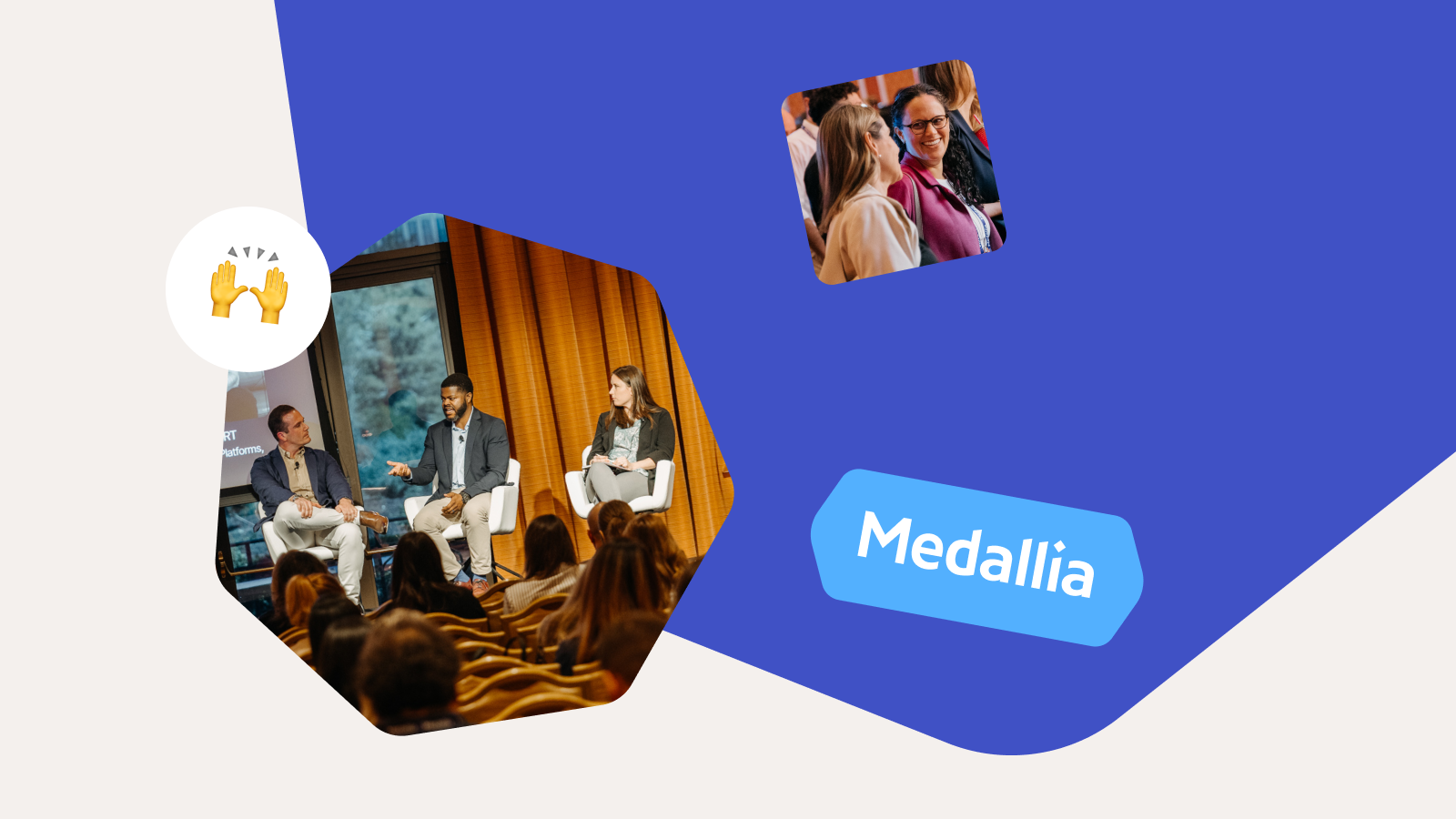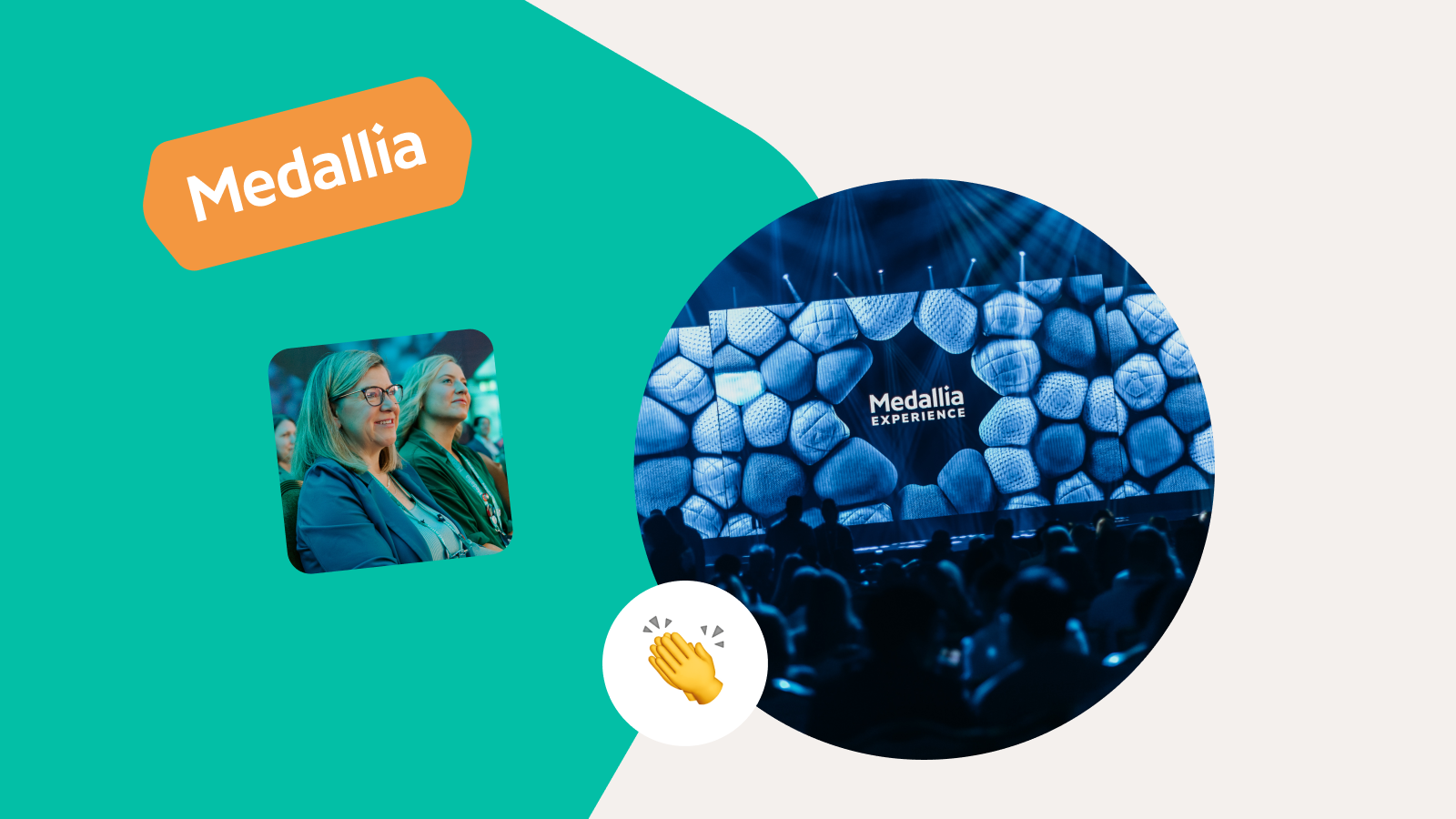Voice of the Client: How Fidelity International Puts Customers First
November 19, 2020
Customer Experience
Fidelity International’s new voice of client programme has helped lead to improved customer retention and net new sales.
Fidelity International offers investment solutions and services and retirement expertise to more than 2.5 million clients in 28 countries and offers world-class investment solutions and services and retirement expertise. Driven by the needs of clients, Fidelity recognised the value of improving the client experience through a new voice of the client programme. Powered by Medallia, this programme would enable a culture of customer obsession from executives to the front line, deliver service excellence and clearly demonstrate the impact of client experience on strategic outcomes.
With client obsession now a core component of the organization, Fidelity has seen tangible positive commercial outcomes, ultimately improving retention rates of client assets and driving up net new sales.
I recently sat down with Stella Creasey, Global Voice of Client Director at Fidelity, to learn more about Fidelity’s award-winning voice of the client programme and how it has enabled them to position customers at the core of all strategies and activities:
How did customer centricity play into Fidelity’s decision to develop a new voice of the client programme?
Investment management has a history of being internally focused and risk averse. We identified that a keen focus on the customer would give us a point of differentiation in a competitive landscape. But in order to shift to a truly customer obsessed culture, we knew we needed to develop new ways to make real-time client feedback available for everyone within the business to act upon.
What was the situation prior to launching the new programme?
Fidelity has over 2.5 million clients in 28 countries, and we were running 30 separate voice of the client programmes across the business. Customer feedback largely remained within these different programmes, making it difficult to compare client experience across regions and channels. We recognised there was an opportunity for greater integration, which would enable us to prioritise actions and investments — ultimately improving client experience.
What did you do to overcome these challenges?
We formed a dedicated global voice of the client team to work with Medallia on a new globally consistent approach. The new programme incorporates both relationship and touchpoint NPS, using surveys and touchpoint monitors. We trained over 1,000 Fidelity employees, which means every colleague can access, understand and act on client feedback as part of their everyday work.
Can you give an example of how Fidelity promoted culture change in the business?
Sure. To highlight senior leadership’s commitment to customer obsession, our Executive Level Close Loop programme invites senior leaders to make outbound calls to ‘close the loop’ with customers and address issues that have been raised in surveys. The initiative underlines the fact that — from the top down — we’re actively creating opportunities to put the customer at the very heart of all that we do.
Thanks to global consistency, you’ve gained broader insights across the business. Are there ways that the new programme also gives you deeper insights, too?
The analytics team overlays behavioural metadata onto NPS feedback, so we’re able to better diagnose where journey improvements should be targeted. This adds up to richer customer insights than we had before. We also introduced Medallia’s text analytics as part of the initiative, so we’ve gained a more nuanced understanding of what customers are saying through the open comments they leave in survey feedback, which then informs our future planning around customer experience improvements where it matters most in the customer journey.
How do you make sure the insights you’re developing result in action?
The new programme is closely integrated with the work of our analytics team so we can link customer feedback to business metrics and understand the impact of client experience on strategic outcomes like net sales, numbers of customers selling their investments to move away from Fidelity, share of wallet and profitability. As well as helping to inform continuous improvement activities within the business, connecting insights about our customers with financial data in this way gives us powerful predictive modelling capabilities. For example, we use analysis to foresee whether clients are at risk of churn. Our client-facing staff can then steer conversations with at-risk customers to better meet their needs and improve retention.











